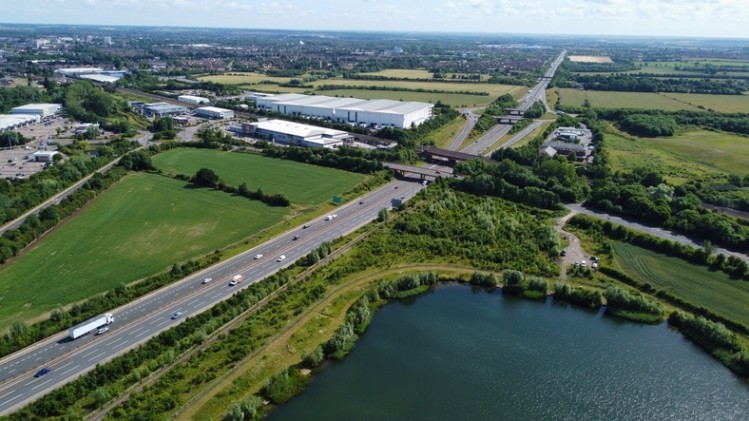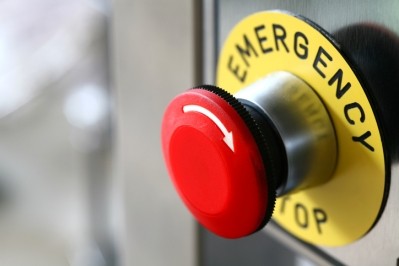AIC looks to boost the safety of feed delivery to farms

The guidance looks to clearly identify areas for consideration and action covering all types of deliveries to farm including bulk shipments of compound feeds, feed materials and cereals, dry products, moist feed and liquid products in bulk along with packaged feeds and more.
The code, which has been endorsed by the Farm Safety Partnership, was originally developed in support of a UK-wide feed industry initiative that started in 2012 with the objective of securing significant improvements in the safety of delivery drivers who are working for, or on behalf of, animal feed companies.
The Farm Safety Partnership is a collaboration of UK organizations including National Farmers Union (NFU), NFU Mutual, the Health and Safety Executive (HSE), and the Country Land and Business Association (CLA) with a responsibility to show industry leadership by promoting safe systems of work within all sectors of agriculture.
“The updated code of practice is designed to give advice to farmers, feed manufacturers and feed merchants on safe deliveries to the farm and is primarily targeted at deliveries of animal feed products. However, any delivery made to a farm customer’s premises should be planned to ensure that, following a risk assessment of the site, which includes consideration of the product being delivered, the vehicle to be used, and the manufacturers product safety information, a safe system of work is implemented to manage the delivery,” said David Moss, AIC technical manager.
Animal feed suppliers and their customers have a shared responsibility for compliance with the Health and Safety at Work etc Act 1974 and other relevant health and safety legislation. The code of practice aims to help parties comply with their legal duties by specifically looking at ways to help ensure the safe delivery of animal feed products to farms and offers guidance to help manage the farm delivery process, said the AIC.
Prior to any delivery being made to farm premises, the code outlines how both supplier and customers need to exchange key information to ensure that the proposed delivery is made safely and efficiently. This should include the following:
- Yard (Including lighting, space to turn, hygiene, livestock, and pedestrians)
- Storage facilities (including discharge points including capacity of bins)
- Delivery operations (Including headroom, overhead power lines, buildings, manual handling, use of forklifts, etc)
- Vehicle movements (including access restrictions, size and weight of delivery vehicle)
- Drivers (designated delivery times and availability of assistance to drivers)
- Any other hazards which visitors to the customers premises may be exposed to and the steps which should be taken to avoid injury
- Compliance with biosecurity requirements
According to HSE, the agricultural sector has the worst fatal accident rate of any major industrial sector. The AIC says the UK feed industry has a role to play in helping to remedy that.
“With fewer people present on farms, delivery drivers are often working alone making deliveries out of normal working hours. As an industry, we need to do everything we can to ensure anyone working on farms are doing so in as safe a way as possible and this code of practice provides a well-tested blueprint to ensure risk is managed in a sensible way,” added Moss.
In addition, there are considerable financial costs to customers and feed businesses as a result of accidents and incidents in the workplace, noted the AIC.








